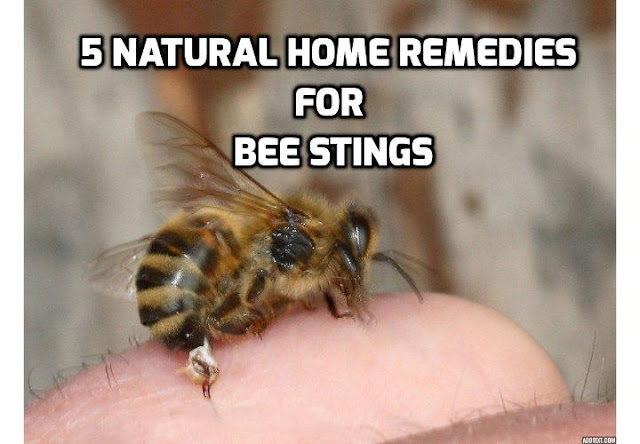 |
Click HERE to Discover the 215+ Home Remedies, NaturalBeauty Recipes & DIY Household Products |
Washing your
face feels good. It wakes you up, makes you feel fresh and clean and ready to
face the day, and can help clear up certain skin issues. This particular face
wash is quite simple, and I have found that it works well on all types of skin,
from dry to oily combination (oily
and dry at the same time- it defies all reason and is extremely frustrating!)
Keep in mind two
things- first, that everybody is different, and face wash tends to be one of
those things that is very personal- I swear people get intense about their face
wash, and become fiercely loyal to it. And, why not, if it works?
Second,
feel free to tweak the recipe. A nice lemon, lime, or orange essential oil is nice if you’re looking
for a wash that will perk you up in the morning. You may need to order a few
things since most people don’t have the ingredients lying around there house- but
that’s the beauty of the internet isn’t it?
Why Use Aloe Vera Gel: The real question
here is, why not aloe face wash? It’s a great go-to for anything skin related,
helping to heal abrasions to soothing sunburns.
Aloe
gel contains glycoproteins and polysaccharides. Polysaccharides are vital to
help with skin growth and repair, as well as retaining moisture.
Glycoproteins
are, simply, a carbohydrate attached to a protein. There’s a lot of talk about
them reducing wrinkles, but I wouldn’t go that far. But when combined with
polysaccharides, they form substances that compose the skins intercellular
matrix, which keeps skin cells and structure intact.
Basically,
intercellular matrix is a fancy way of saying the stuff that holds layers of
skin cells together. It keeps moisture in, and bad things out. For the record,
there’s more to the intercellular matrix than just glycoproteins and
polysaccharides, but that’s information for another day.
On
top of this, aloe helps fight inflammation, which can be useful if you
experience painful cystic acne.
Why Castile Soap: Pure castile soap
is vegetable oil based, as opposed to tallow (animal fat) based. It’s gentle
and efficient, and removes make-up, dirt, sweat, and excess oils from your
skin. It’s the main cleanser in this aloe face wash.
Why jojoba wax: Jojoba is actually
a wax-not an oil-although many people (including myself occasionally) will
refer to it as jojoba oil because of its liquid state.
Jojoba
is an incredible skin care product, truly one of my favorites, as its chemical
structure resembles human sebum-the natural oil that coats our skin and keeps
it supple.
Jojoba
contains proteins, minerals, and a waxy substance that mimics collagen (the
stuff that basically holds our bodies together.)
Why White Clay: Cosmetic clays are
the cherry on your skin care sundae, and white clay is the mildest and most
common form of them all. It is mildly abrasive to help exfoliate the skin and
stimulate circulation, but is not drying.
Why Lavender Essential Oil: Soothing, relaxing,
non-irritating, and healing, lavender essential oil adds all of the above
benefits and more to this aloe face wash.
You will need…
-4
tablespoons of pure aloe vera gel
-2 ½ teaspoons of jojoba wax (also referred to as jojoba oil)
-2 ½ teaspoons of liquid castile soap
-1/2-1 teaspoon of white cosmetic clay
-1 drop of lavender essential oil
-A plastic bottle
-2 ½ teaspoons of jojoba wax (also referred to as jojoba oil)
-2 ½ teaspoons of liquid castile soap
-1/2-1 teaspoon of white cosmetic clay
-1 drop of lavender essential oil
-A plastic bottle
Directions
Combine
all of your ingredients except the clay in your bottle and shake well. Add the
clay, and shake well again. For use, wet your face with water and pour a dime
to quarter sized amount of cleanser into your hands.
Use
it like you would any other face wash-rub in gentle circular motions for a bit
and then rinses clean. Follow up with a gentle moisturizer if your skin tends
to feel dry after washing.
You
may want to watch this Video HERE for more ideas to create your own aloe
face wash to remove dark spots, acne scars and pimple marks.
By Claire Goodall
(a bee-obsessed natural-convert from Minnesota) who is a holistic health lover.
She is the author of Everyday Roots Book.
It's a Book that
she creates to help you replace the toxic products and medications in your home
with healthier, all-natural alternatives.
It contains 215+
effective home remedies and covers everything you will need to protect your
family and save money every month.



